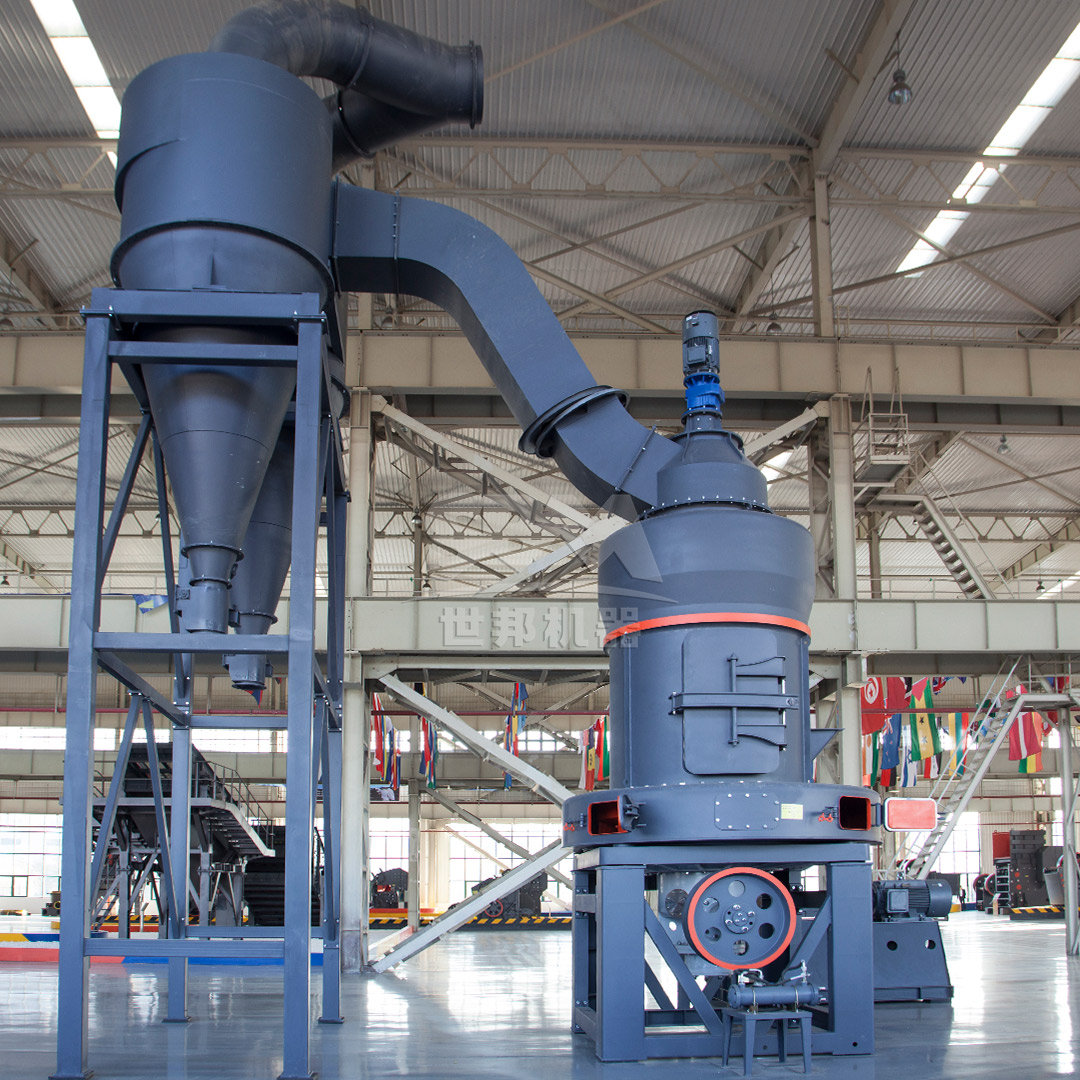Vertical mills are critical equipment in various industrial processes, from mineral processing to cement production. Their efficient operation depends heavily on a well-structured maintenance program that addresses both mechanical and operational aspects. This comprehensive guide outlines the essential maintenance requirements for vertical mills, covering daily inspections, preventive maintenance, lubrication systems, wear part management, and troubleshooting procedures.
Proper daily maintenance is the foundation of vertical mill reliability and longevity. Operators should conduct visual inspections before each shift begins, checking for any unusual conditions that might indicate developing problems.
Key daily inspection points include:

Documentation of daily inspections is crucial for tracking equipment health over time. Maintain detailed logs of all observations, measurements, and any corrective actions taken. This historical data becomes invaluable for predicting maintenance needs and identifying recurring issues.
A structured preventive maintenance program significantly reduces unplanned downtime and extends equipment life. The maintenance schedule should be based on both operating hours and calendar time, with more frequent interventions for critical components.
| Component | Inspection Frequency | Maintenance Action |
|---|---|---|
| Grinding Rolls/Ring | Weekly | Wear measurement, clearance check |
| Bearings | Monthly | Lubrication check, temperature trend analysis |
| Classifier System | Quarterly | Rotor inspection, blade wear assessment |
| Drive System | Semi-annually | Alignment check, coupling inspection |
| Hydraulic System | Quarterly | Filter replacement, fluid analysis |
For operations requiring high reliability and minimal downtime, implementing condition-based maintenance using advanced monitoring systems can optimize maintenance intervals. Vibration analysis, oil analysis, and thermal imaging provide early warning of developing faults before they cause catastrophic failures.
The lubrication system is arguably the most critical maintenance area for vertical mills. Proper lubrication reduces friction, dissipates heat, and prevents premature component failure.
Essential lubrication maintenance tasks include:
Modern vertical mills often feature automated lubrication systems that require regular verification of proper operation. Check that all lubrication points are receiving adequate lubricant and that distribution lines remain free of blockages.
Vertical mills contain numerous components subject to wear from abrasive materials. Effective wear parts management ensures consistent performance while controlling maintenance costs.
Key wear components and their maintenance considerations:

Implementing a strategic spare parts inventory is essential for minimizing downtime. Critical wear parts should be stocked based on lead times and historical consumption patterns. Consider maintaining critical spares like hydraulic cylinders, main bearings, and classifier components to avoid extended production interruptions.
When selecting vertical mill equipment, considering maintenance requirements during the specification phase can significantly impact long-term operational costs. Our LM Series Vertical Roller Mill incorporates several design features specifically aimed at reducing maintenance demands:
For operations requiring ultra-fine grinding capabilities with minimal maintenance intervention, our SCM Ultrafine Mill offers exceptional performance with several maintenance-reducing features:
Both the LM Series and SCM Ultrafine Mill feature modular design elements that facilitate quicker component replacement and reduce maintenance downtime. The LM Series particularly stands out for its ability to be installed outdoors, reducing building costs by 40% while maintaining operational reliability.
Even with excellent preventive maintenance, operational issues can arise. Quick identification and resolution of common problems minimize production losses.
| Symptom | Possible Causes | Corrective Actions |
|---|---|---|
| High Vibration | Uneven feed, roller wear, bearing failure | Check feed distribution, inspect rollers, monitor bearing condition |
| Reduced Throughput | Worn grinding elements, classifier issues | Measure wear parts, inspect classifier operation |
| Poor Product Quality | Classifier problems, air flow issues | Check classifier settings, verify fan operation |
| High Power Consumption | Overloading, mechanical issues | Verify feed rate, check for mechanical binding |
| Excessive Noise | Metal-to-metal contact, bearing failure | Immediate shutdown, internal inspection |
Establishing clear troubleshooting protocols and training maintenance personnel in systematic problem-solving approaches significantly reduces resolution times. Maintain an updated library of technical documentation, including OEM manuals, engineering drawings, and historical repair records.
Beyond routine maintenance, successful vertical mill operation requires strategic long-term planning. This includes:

Implementing a comprehensive computerized maintenance management system (CMMS) can streamline maintenance operations, improve documentation, and provide valuable data for optimizing maintenance strategies. The system should track all maintenance activities, component life histories, and associated costs to support data-driven decision making.
Effective maintenance of vertical mills requires a balanced approach combining daily vigilance, scheduled preventive maintenance, strategic spare parts management, and continuous improvement. By implementing the practices outlined in this guide and selecting equipment designed with maintenance reduction in mind, such as our LM Series Vertical Roller Mill and SCM Ultrafine Mill, operations can achieve high availability, consistent product quality, and controlled maintenance costs throughout the equipment lifecycle.
Remember that the most successful maintenance programs are proactive rather than reactive, data-driven rather than guesswork-based, and continuously refined based on operational experience and technological advancements in vertical mill design and maintenance practices.